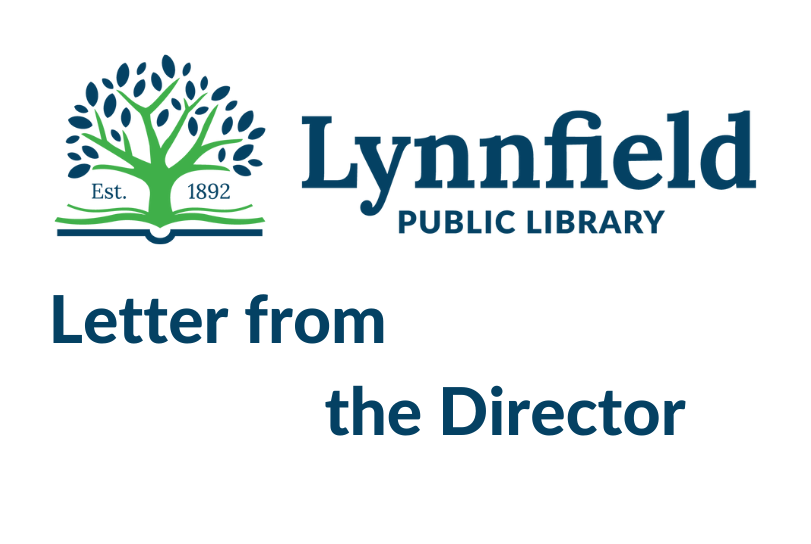Building Project Updates
First of all, thank you to everyone who came to our public forums! We had really great conversations about potential design changes and the importance of library services. If you were unable to attend and would like to watch a recording, please visit the Town of Lynnfield Vimeo page. To see a 3-D model of the current conceptual design, please stop by the library. We also have cut-outs to show the size of the current building compared to the proposed new building. It is very exciting to see the possibilities! The Special Town Meeting will most likely be held on Monday, March 18.
A few important upcoming dates to learn more:
Building Tours
Join us on Feb. 15, 21, 27, or 28 to learn more about the issues the current building faces.
Building Committee Meeting
Join us Feb. 20 at 7 PM on Zoom to hear updates and news about the Library Building Project: https://us06web.zoom.us/j/82488430818
Library Feasibility Study Community Meeting
Join us Feb. 27 at 6:30 PM for a community discussion with Tappe Architects on the possibilities of renovating the current library building.
Presentation to the Finance Committee
The Finance Committee will be discussing the Library Building Project on Feb. 29 at 7 PM at the Merritt Center. Join to learn more about the design changes and updated cost estimate.
– Abigail Porter, Library Director
